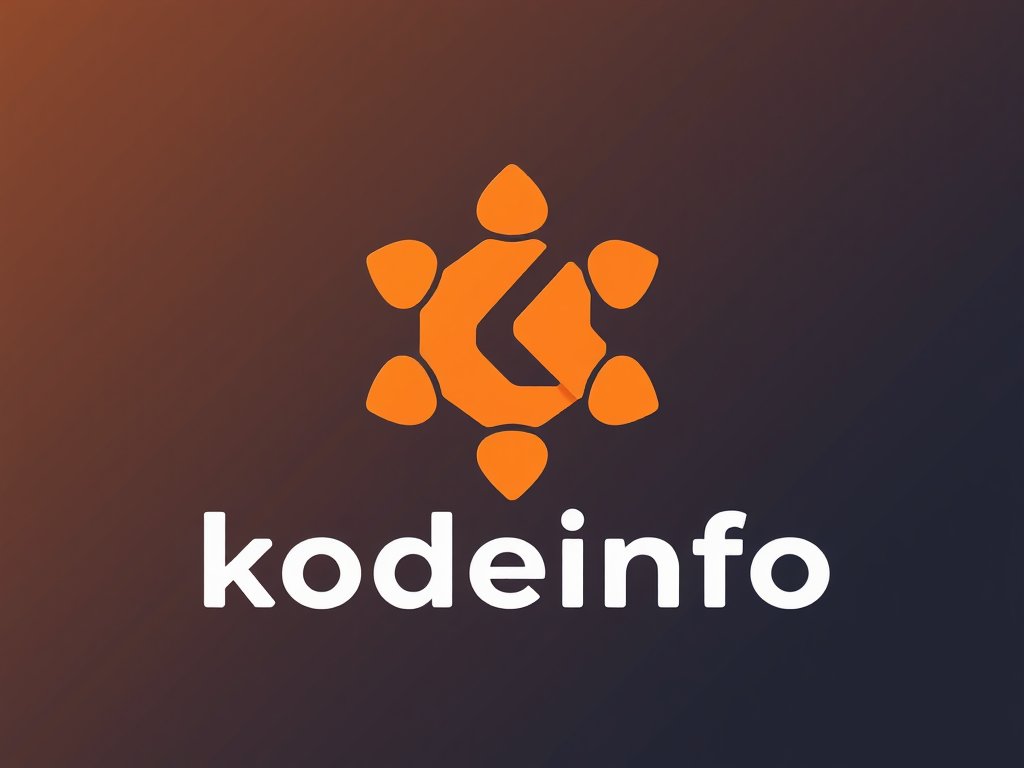A/B testing offers a reliable way to compare two versions of a webpage or campaign and identify which drives better results. Understanding its process and applying best practices help boost conversion rates with data-backed decisions. This method empowers marketers and product teams to optimize impact methodically, reducing guesswork and enhancing user experience through clear, measurable insights.
Essential Guide to A/B Testing: Foundations and Search Intent
The Stanford SQuAD approach first defines a/b testing as a method of randomly showing different versions of a digital asset, like a website or app, to user groups and measuring which variant delivers better conversion or engagement outcomes. This technique empowers teams to make data-driven decisions, optimizing for measurable business goals such as increased sales or improved user experience.
Also to discover : Unlocking worldwide access: discover ai video translation now
Step-by-step, the process begins with selecting a clear objective—like improving a landing page’s sign-up rate. Next, teams craft a testable hypothesis (“Changing the call-to-action color will boost clicks”). They design experimental variants, then segment and analyze incoming data to ensure results are statistically robust. Upon completion, comparing performance against the control group validates or disproves the original hypothesis.
Common types include traditional A/B setups, multivariate tests (assessing combinations of changes), and multi-armed bandit models (adapting traffic to high performers). Attention must be paid to sample size, segmentation, bias reduction, and timing to achieve actionable, reproducible results. Best practices require ongoing iteration and careful documentation so that all experiments contribute to an ongoing culture of optimization.
In the same genre : What impact does IoT have on UK marketing campaigns?
Structuring High-Impact A/B Tests: Methods, Tools, and Implementation
Comparing split, multivariate, multi-armed bandit, and A/A testing approaches and when to use each
When structuring controlled experiments, selecting the right method is vital. Split testing—the classic A/B model—randomly divides traffic to compare two versions for measurable improvements such as click-through rate or sales. This approach is ideal for simple conversion rate optimization strategies and clear call-to-action variations. Multivariate testing basics involve testing multiple changes simultaneously, uncovering how combinations of elements influence performance. This requires a substantial sample size calculation to maintain validity.
Multi-armed bandit approaches dynamically allocate traffic to outperforming variants, accelerating improvements and reducing lost conversions during testing. A/A testing, in contrast, tests two identical versions to validate that your testing platform recommendations and segmentation targeting processes aren’t introducing bias. Choosing the proper approach depends on the hypothesis, available traffic, and resources.
Tools and platforms for A/B testing
Effective experimentation requires robust platforms for both client-side and server-side A/B testing. These facilitate accurate traffic allocation strategies, segmentation targeting in tests, and real-time performance metrics tracking. Notably, https://www.kameleoon.com/ab-testing supports comprehensive experiment documentation, flexible test hypothesis validation, and integrates with common analytics tools, making them a reliable solution.
Building effective experiments
Success starts with precise experiment sample size calculation, balancing statistical power against duration. Proper traffic allocation strategies ensure reliable comparisons. Segmentation targeting in tests refines results—enabling tailored conversion rate optimization strategies and isolating behavioral differences across demographics. To maximize learning, document every experiment, monitor test result analysis rigorously, and iterate based on clear data-driven decision making.
Analyzing and Interpreting A/B Test Results for Conversion Optimization
Precise A/B test result analysis uses mathematical rigor to answer the central question: did the change improve our key metric, or are observed differences within the range of normal variation? The answer comes from accurately tracking performance metrics and applying statistical significance in testing. Core metrics include conversion rate, click-through rate, bounce rate, and time on site. Qualitative feedback rounds out these metrics, illuminating user sentiment and clarifying why variations succeed or fail.
Understanding test validity is crucial—statistical significance, measured by p-values, confirms that outcomes aren’t just random noise. Equally important are confidence intervals explained in layman’s terms as the likely range in which the true metric lies. Wide confidence intervals signal more uncertainty; narrow intervals bring clarity.
Bias and faulty KPIs undermine result integrity—A/B test result analysis depends on representative samples, correct segmentation targeting in tests, and vigilant test tracking KPIs. Test duration guidelines dictate how long to run the experiment; too short risks misleading spikes, while too long wastes valuable resources or introduces confounding temporal variables.
Best practice blends robust reporting A/B test outcomes and transparent experiment documentation. Underpinning every successful test is performance metrics tracking and a dedication to improving conversion rate optimization strategies by drawing only from valid, actionable insights.
Real-World Applications, Case Studies, and Advanced Optimization Strategies
In real-world A/B testing, landing page split comparisons drive noticeable improvements in conversion funnels and e-commerce conversion rates. Major tech companies like Google and Microsoft execute large-scale content variation testing, examining landing pages, call-to-action variations, and multidevice experiences. For example, testing button copy or color on a landing page led to a 12% revenue increase at Microsoft Bing, revealing how even modest content variation testing can boost e-commerce conversion rates.
E-commerce businesses frequently deploy user experience testing and iterative testing processes, assessing mobile vs desktop testing considerations to ensure that both platforms convert optimally. Political campaigns rely on personalization effects in split tests, tailoring outreach to segmented user groups based on test outcomes. For instance, Barack Obama’s campaign used landing page split comparisons and call-to-action variations, increasing signups by rapidly testing headlines and images.
Advanced strategies in user journey optimization include rigorous segmentation targeting in tests and adaptive traffic allocation, reviewing customer segmentation in testing for granular improvements. Continuous improvement grows from balancing exploratory content variation testing with rolling out proven conversion rate optimization strategies. Companies foster iterative testing processes and cross-team collaboration—practices that support not just isolated gains, but sustained, organization-wide improvements in conversion funnels.








